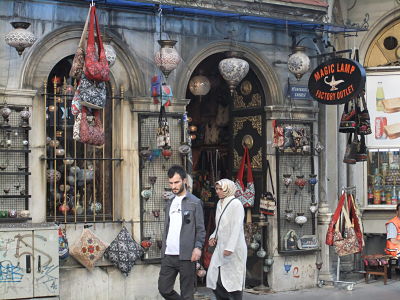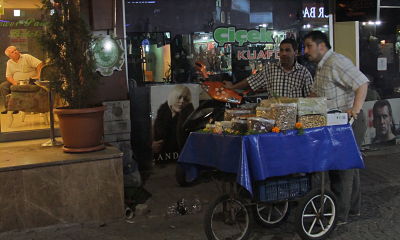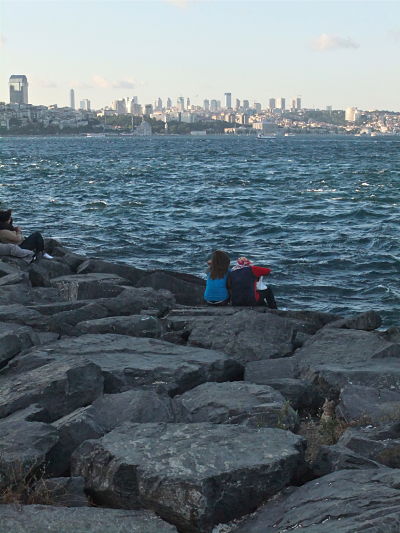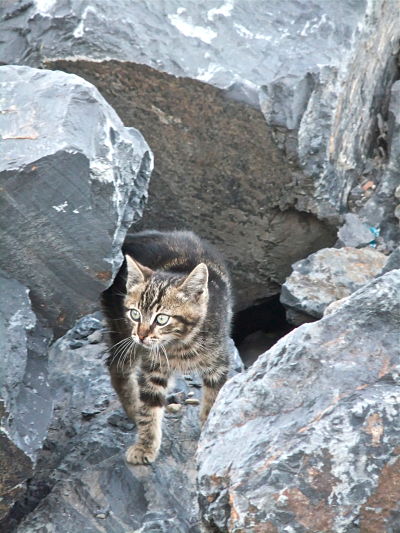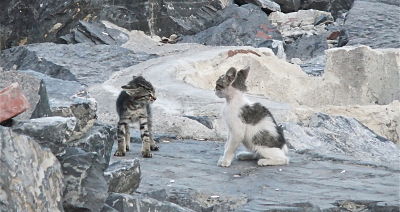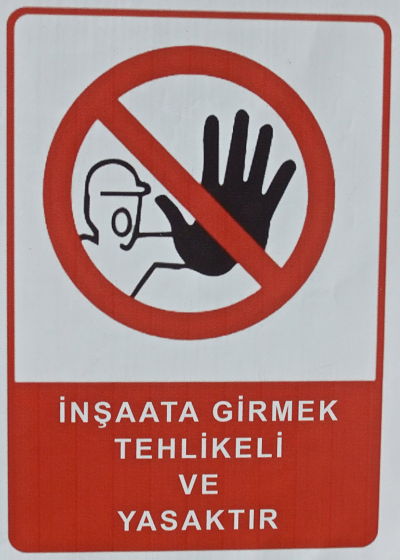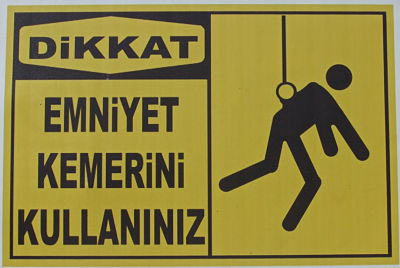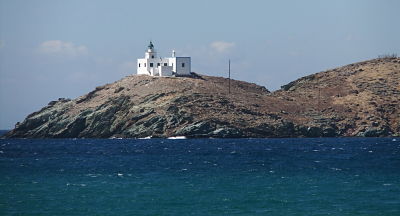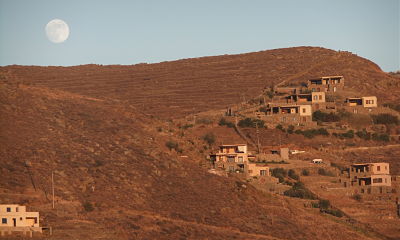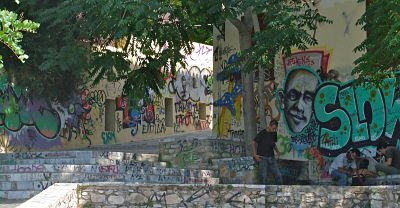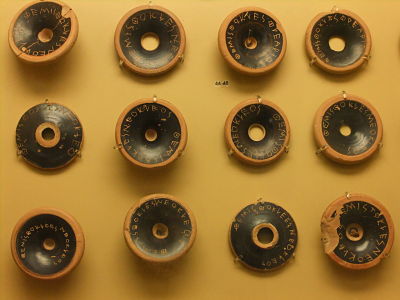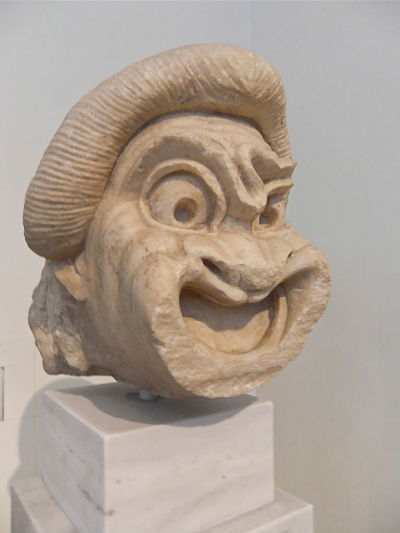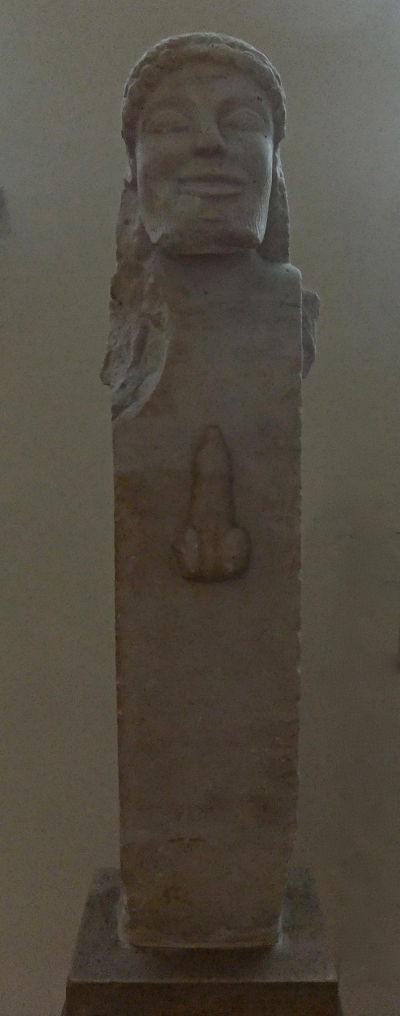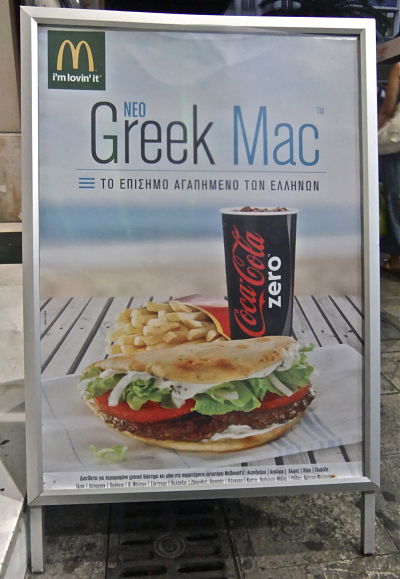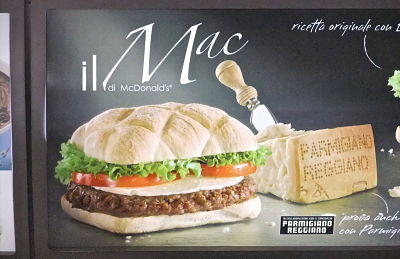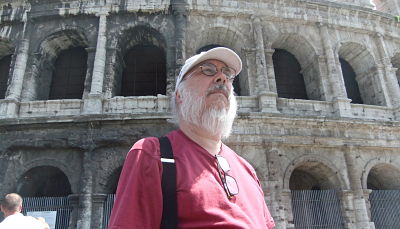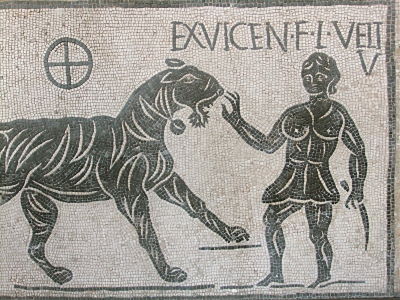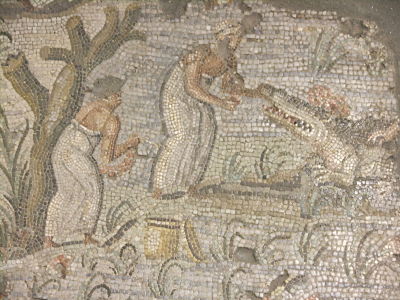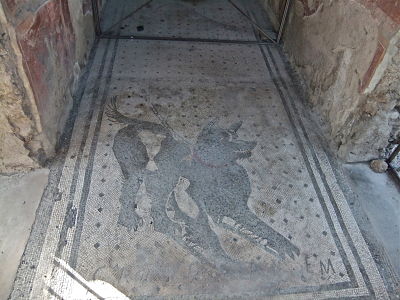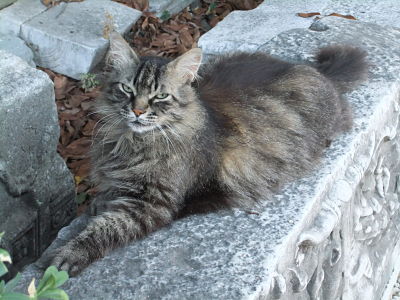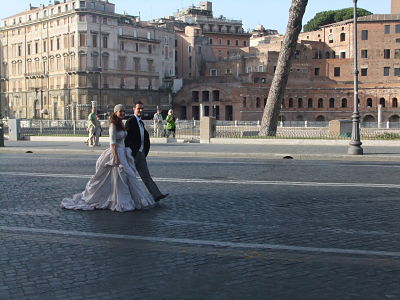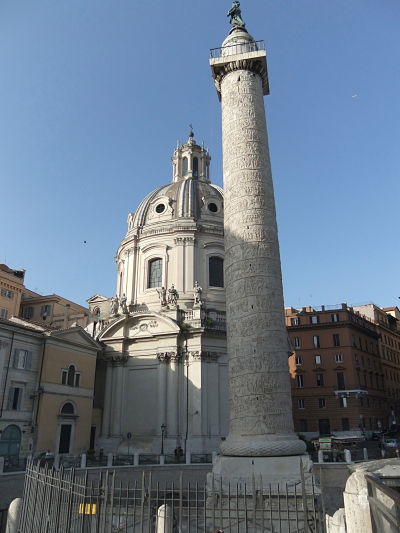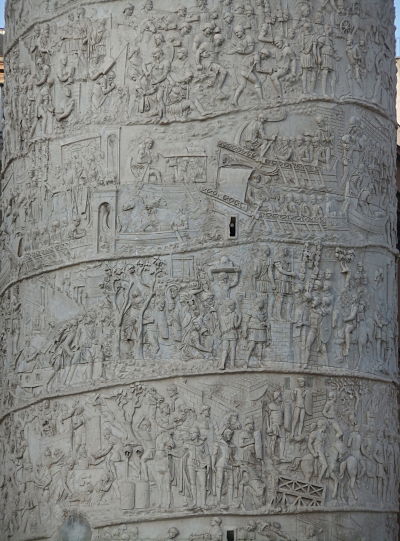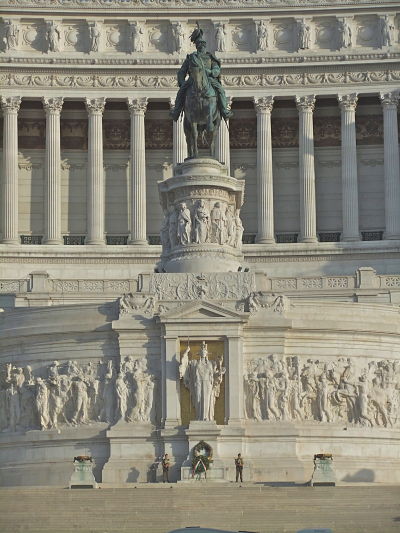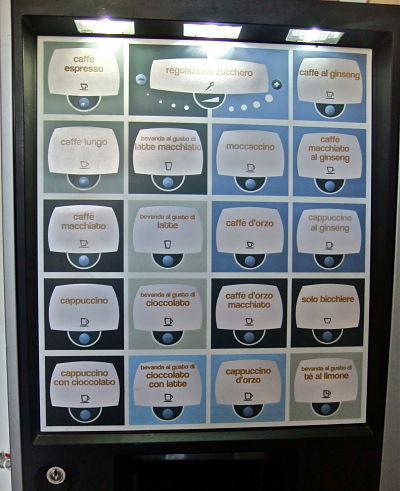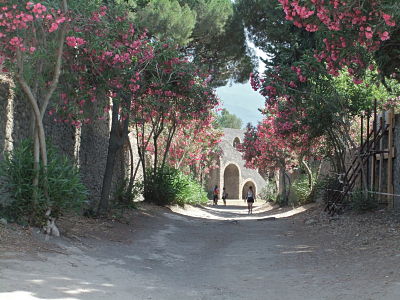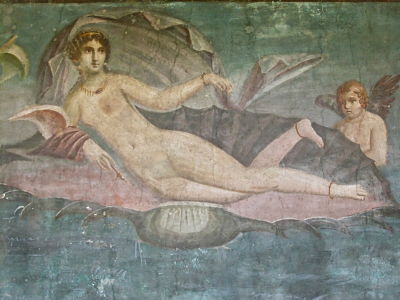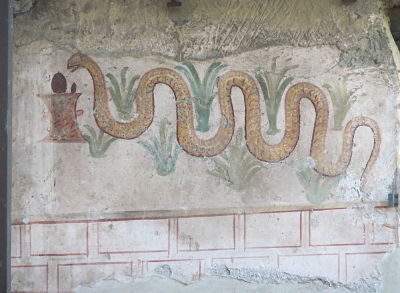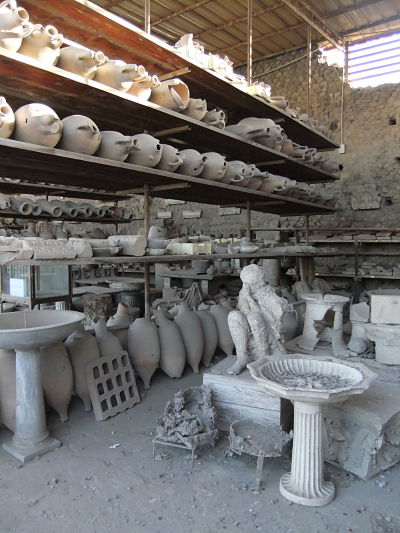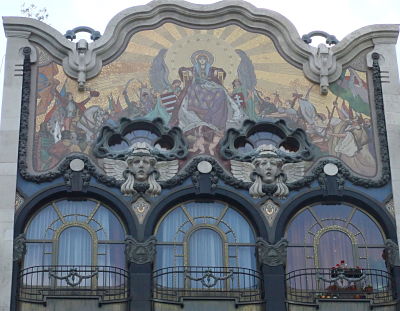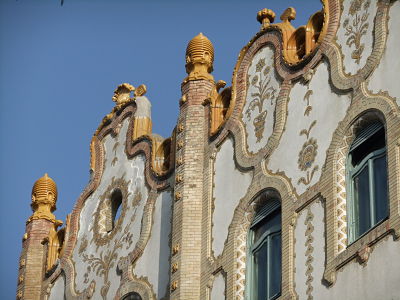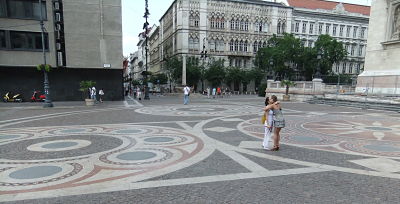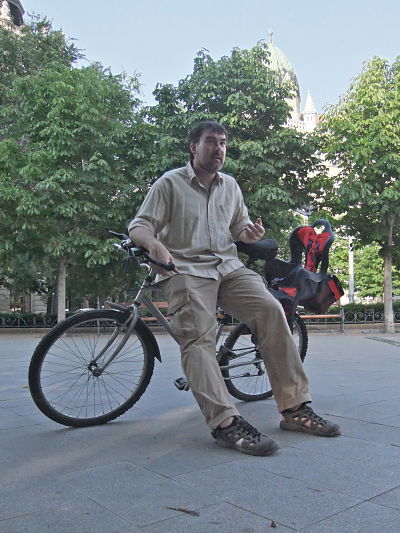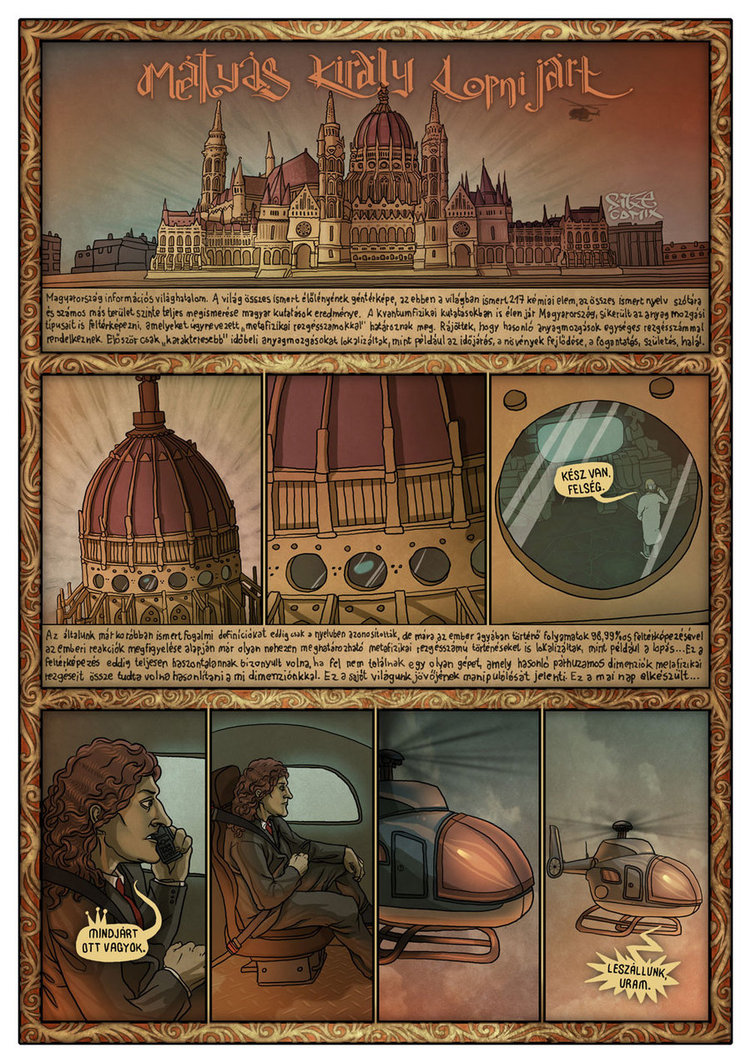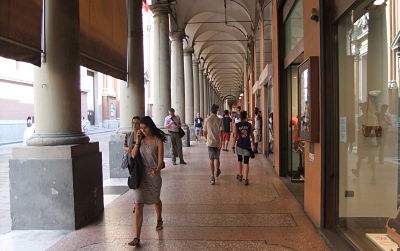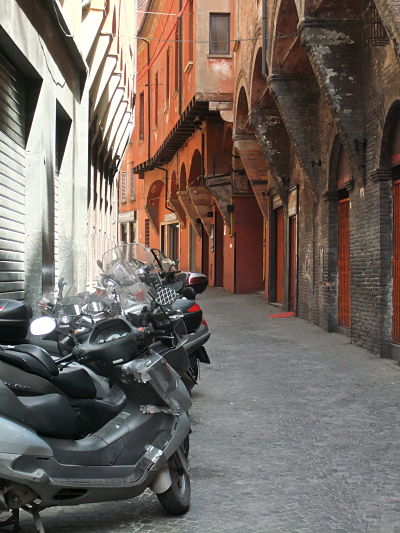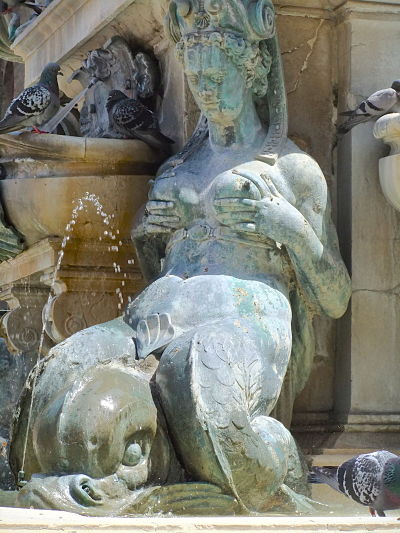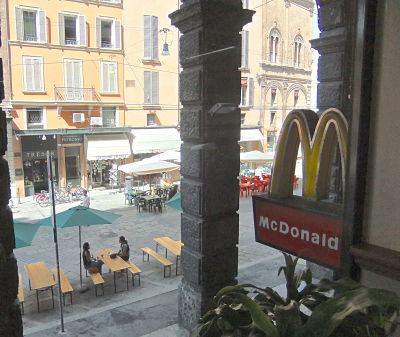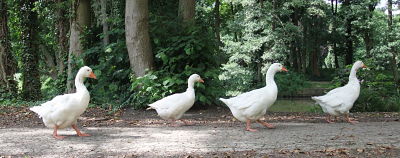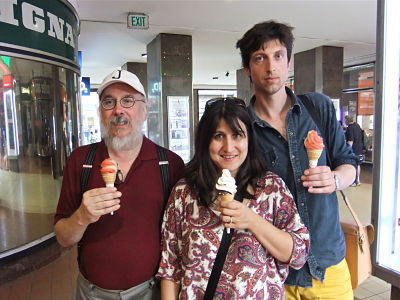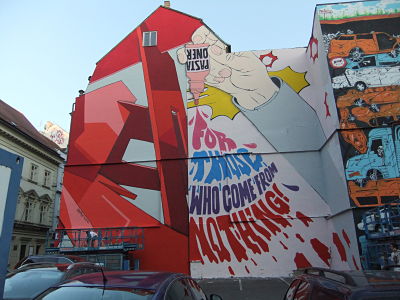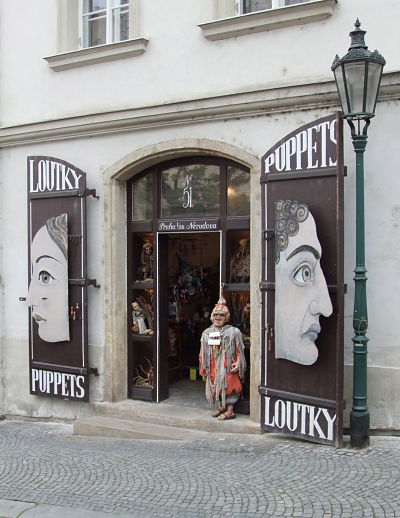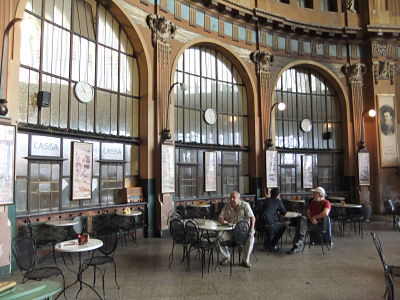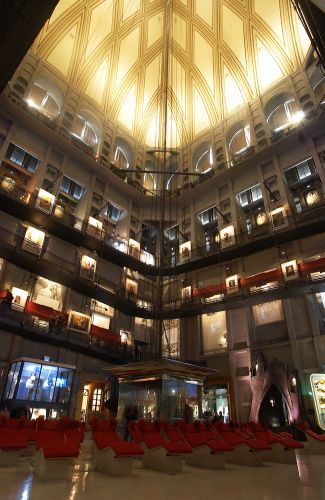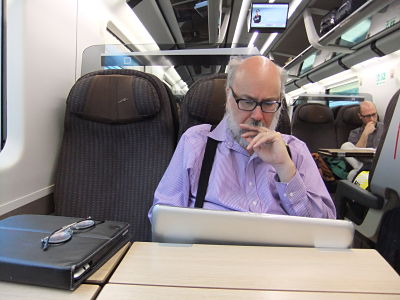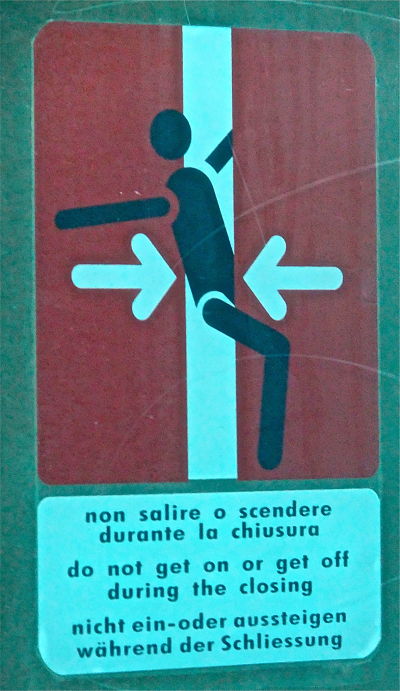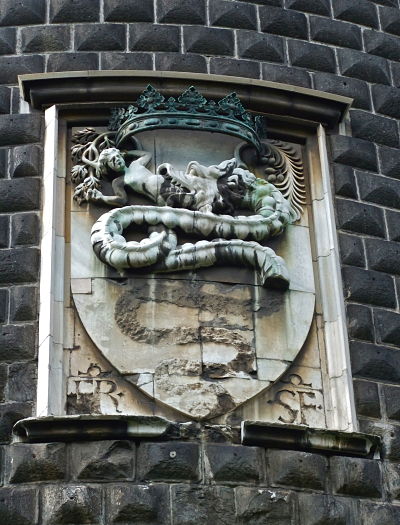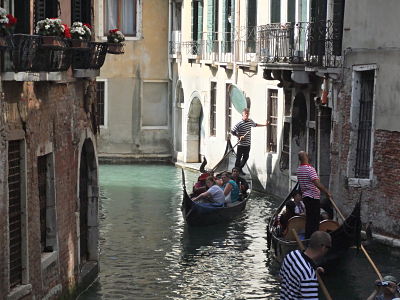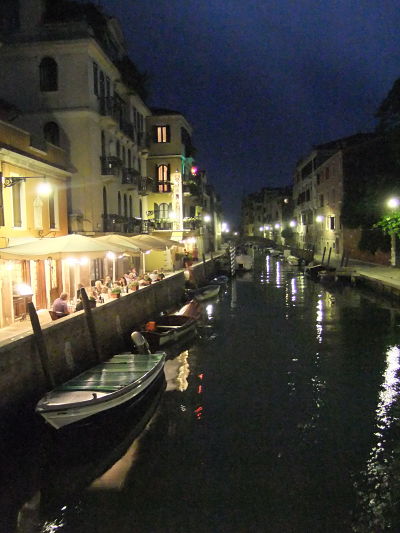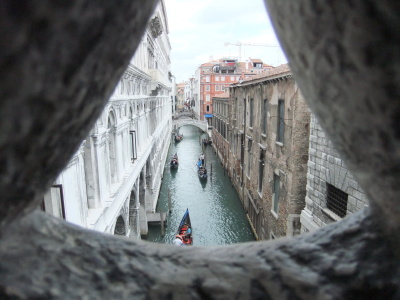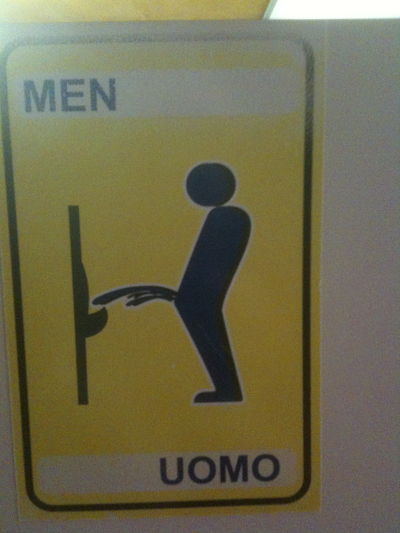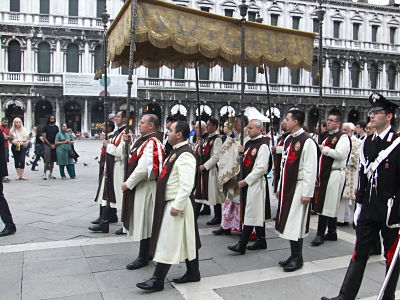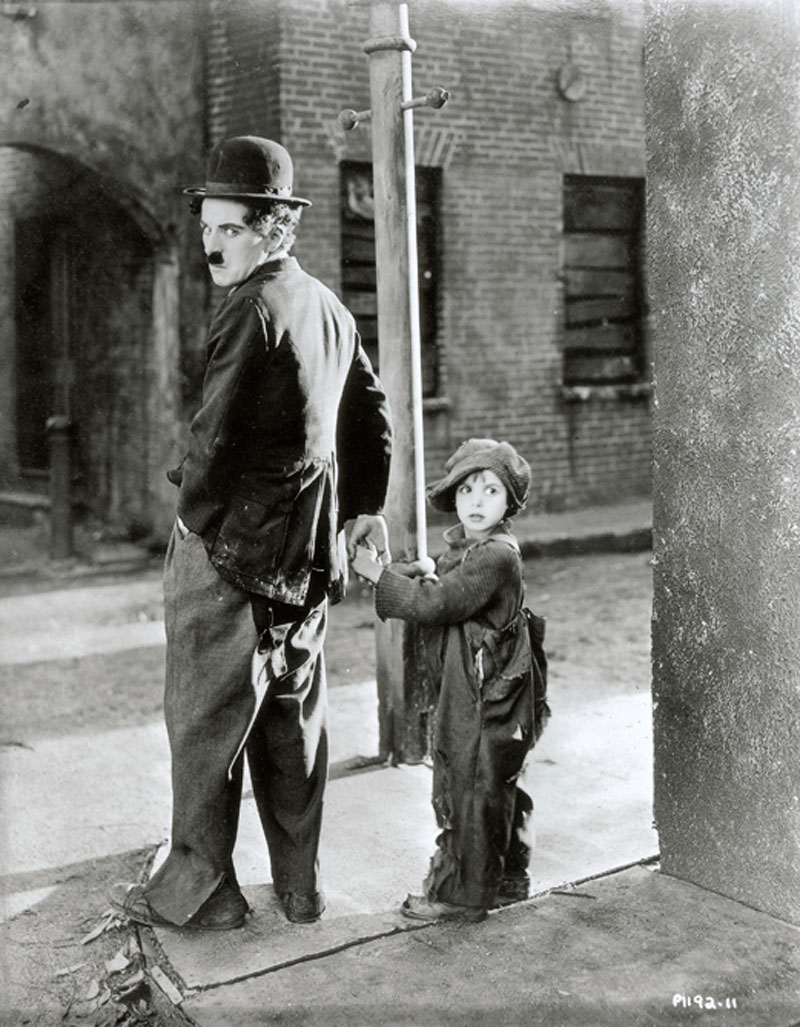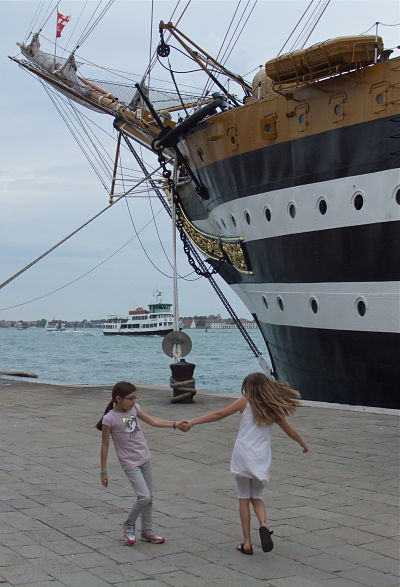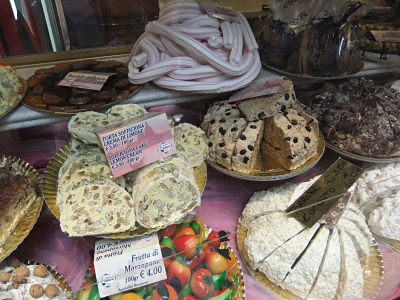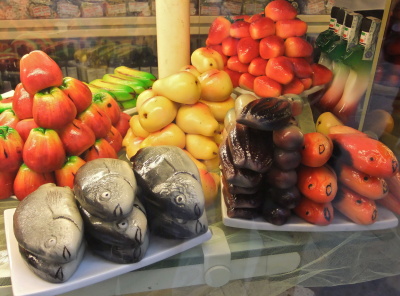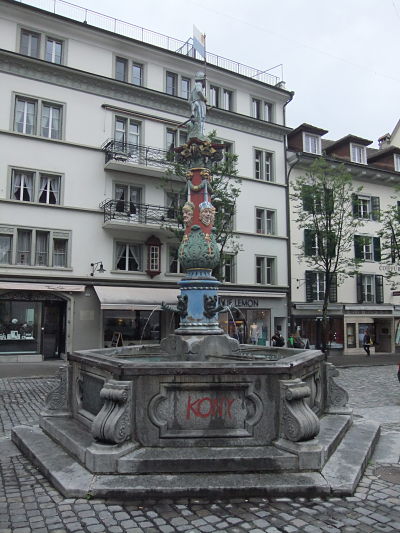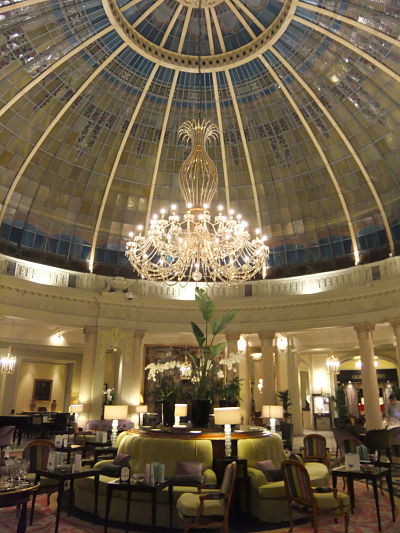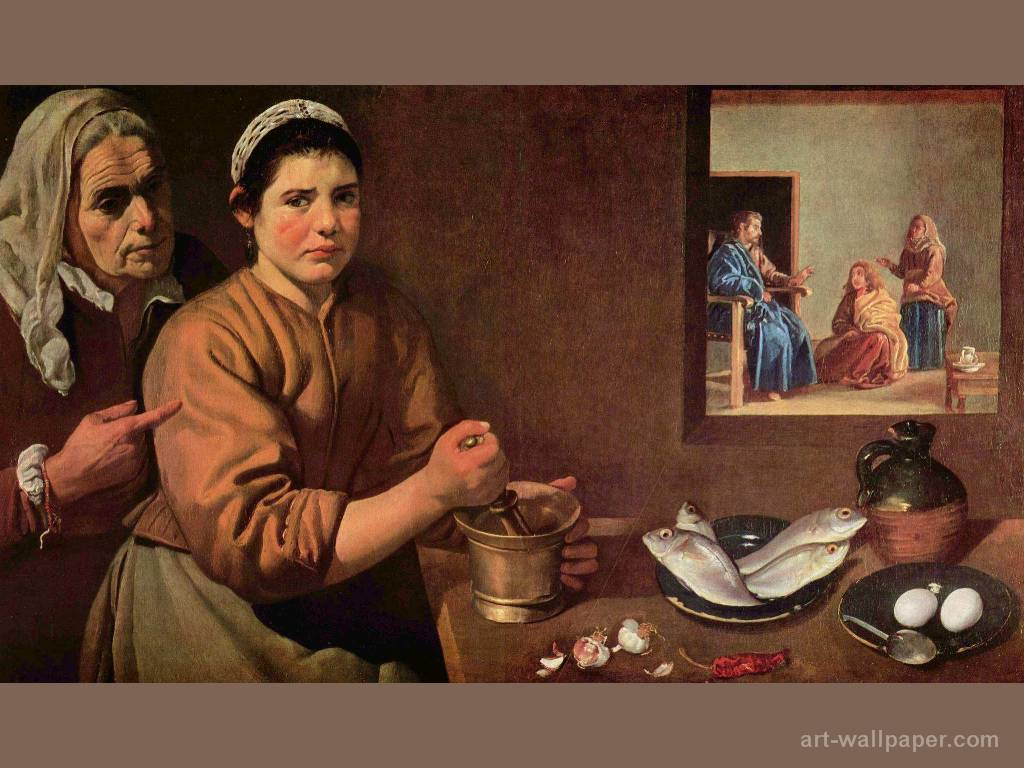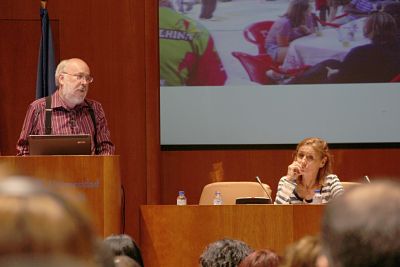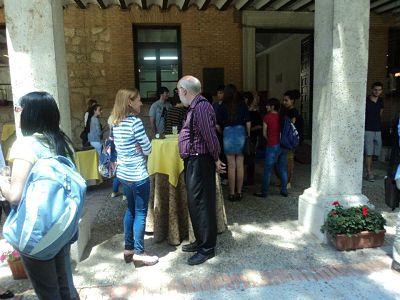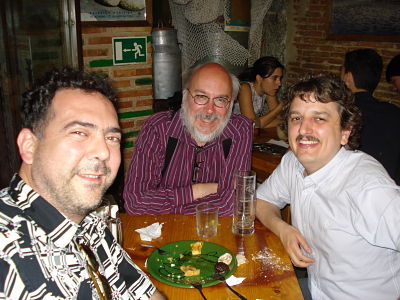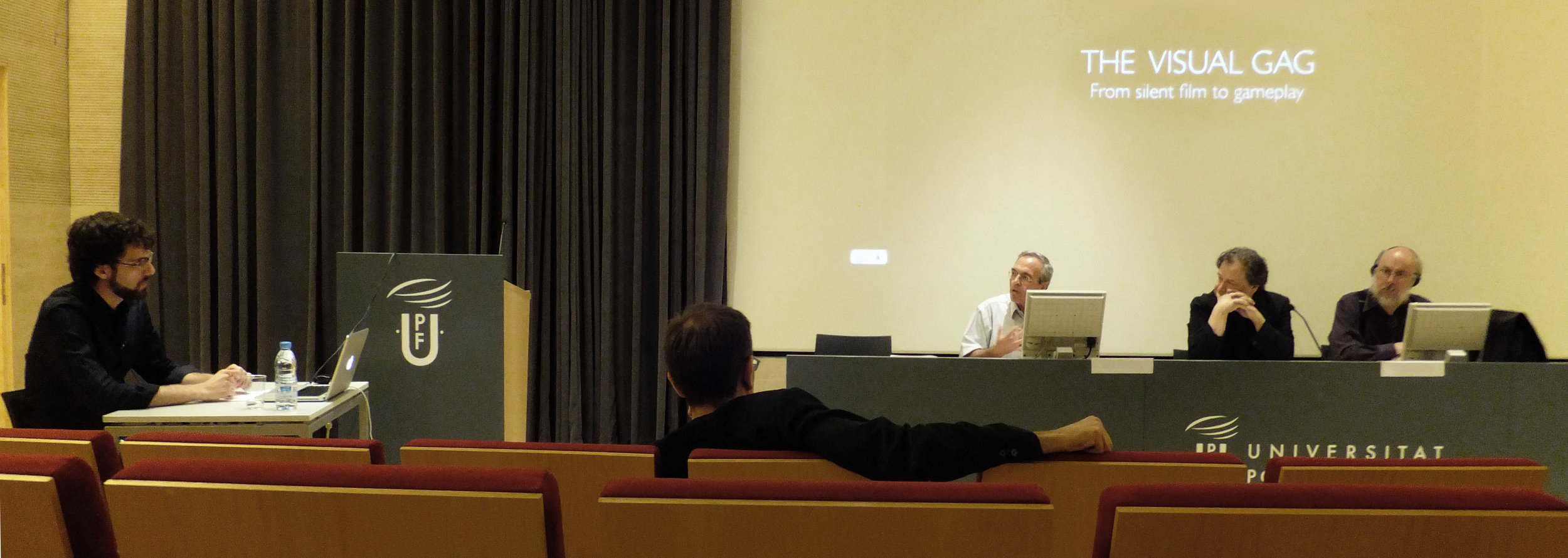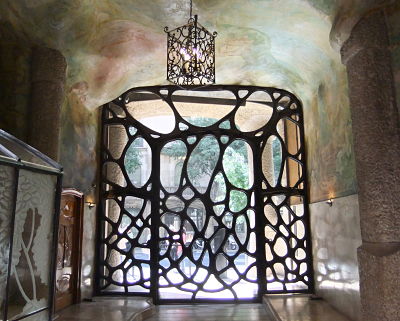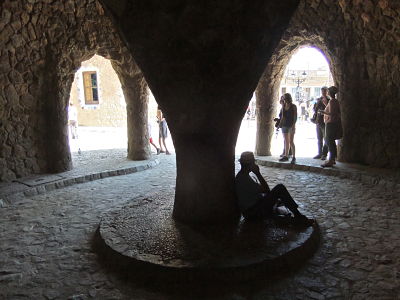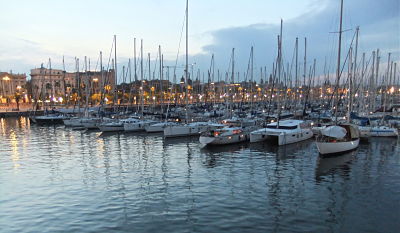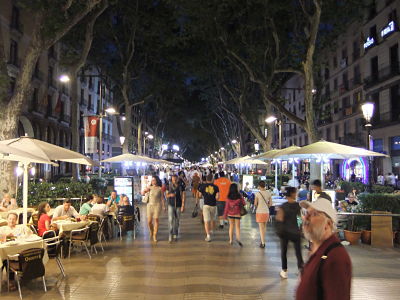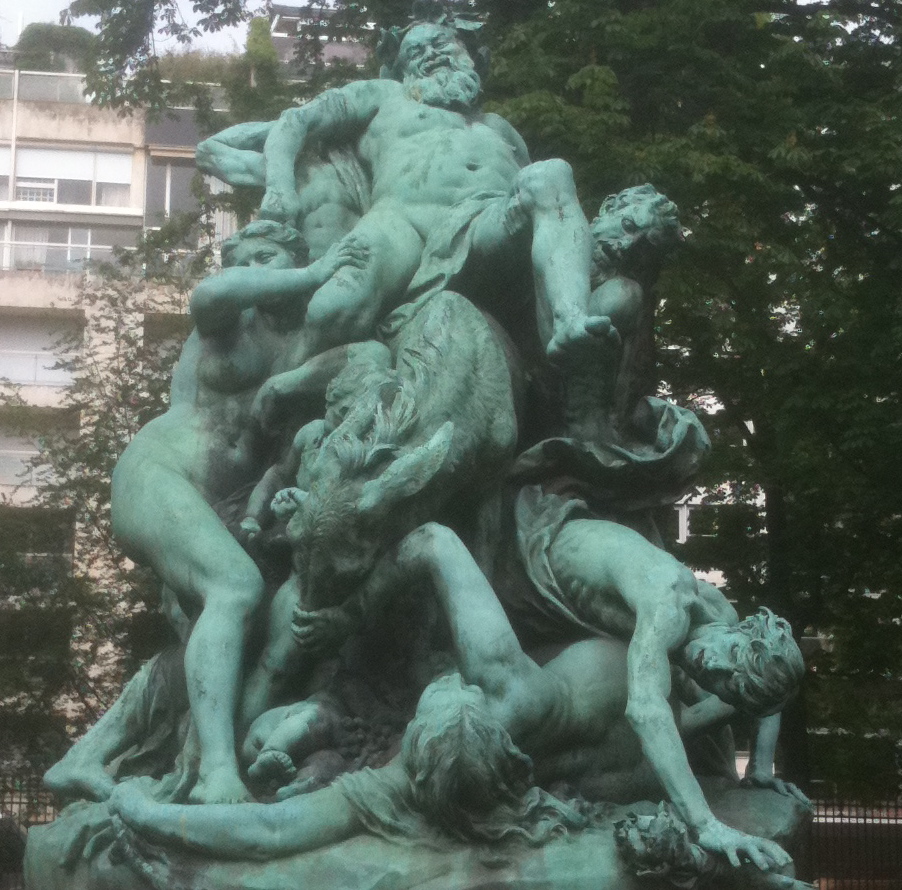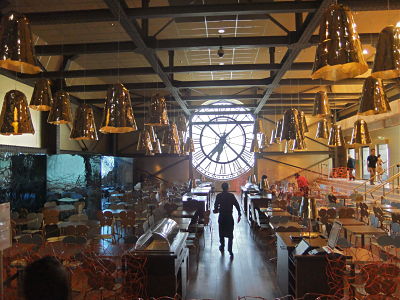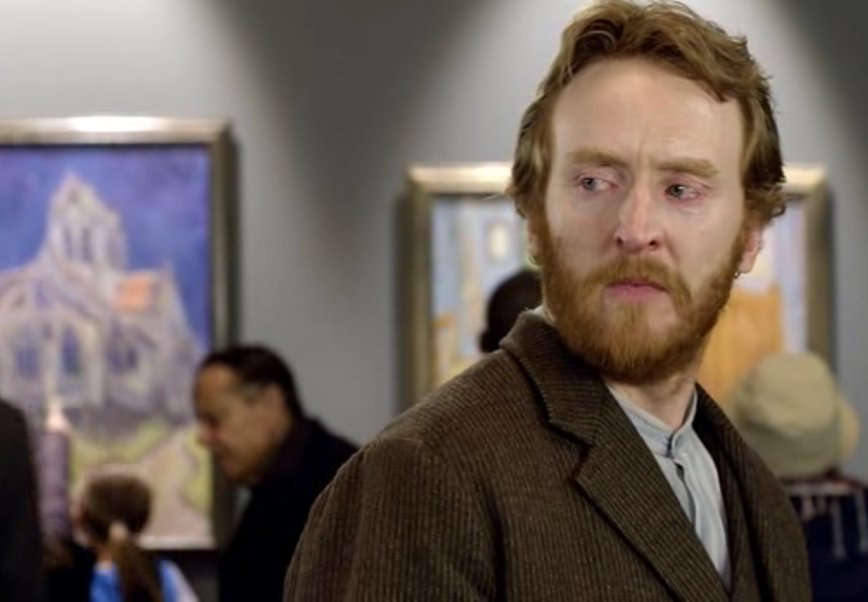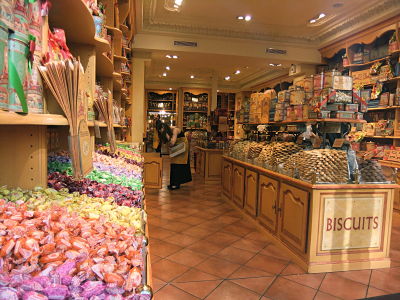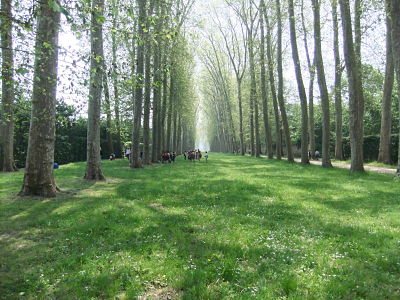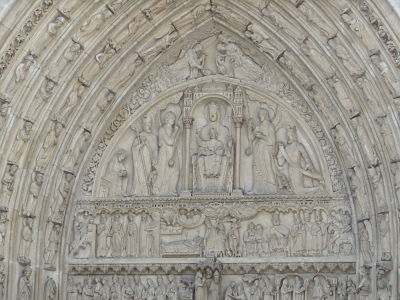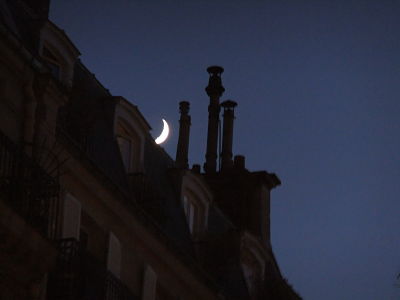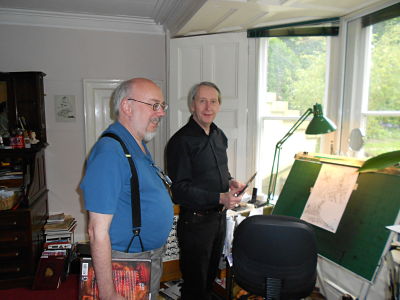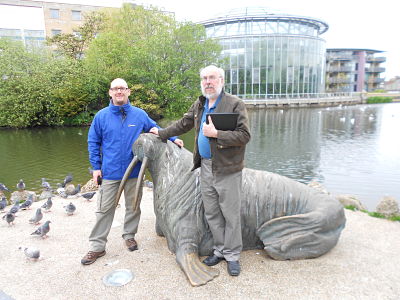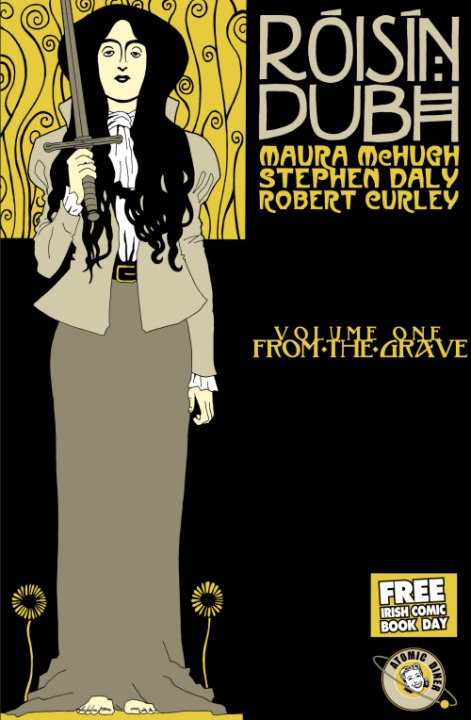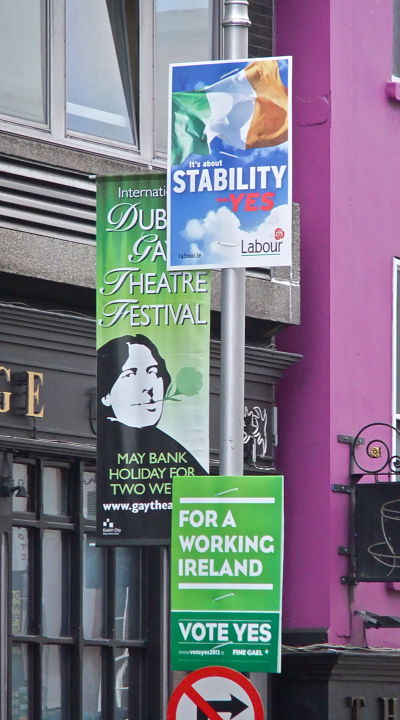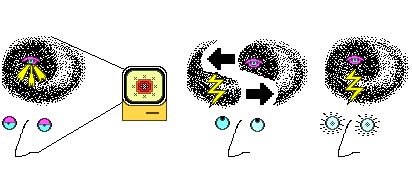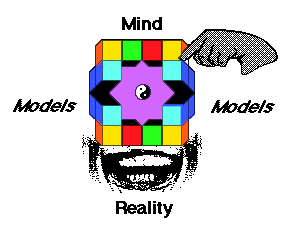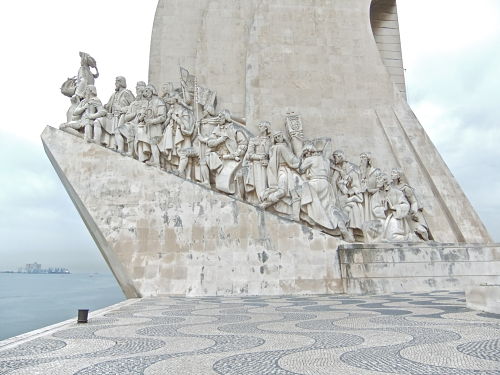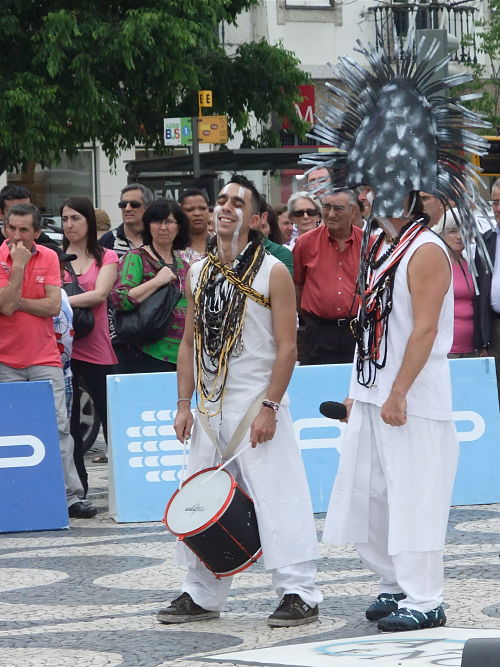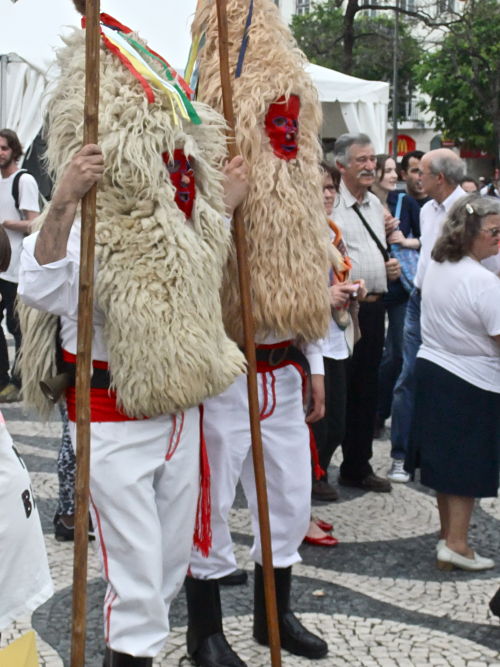Television and the Civil Rights Movement: An Interview with Aniko Bodroghkozy (Part One)
/Many of us may think we know the history of the role which American broadcast television played in fostering public awareness and rallying support behind Martin Luther King and his 1960s era Civil Rights struggle. We can all picture in our heads the black and white fuzzy images of King's powerful remarks in front of the Lincoln Memorial during the March on Washington, for example, and we know that people across the country must have watched those amazing words in their living rooms. Not so fast, argues Aniko Bodroghkozy, the author of a new book, Equal Time: Television and the Civil Rights Movement. Bodroghkozy certainly argues that television played important roles in sparking the consciences of viewers around the country as the networks and the activists made reluctant, tentative, highly compromised "common cause" with each other to transform the civil rights struggles into a prime time spectacle. But, some of what you believe happened -- starting with how the networks covered the March on Washington -- turns out to be a bit more complex than popular memory and imagination might suggest.
I have had the joy of watching Bodroghkozy develop from a young graduate student at the University of Wisconsin-Madison studying under John Fiske and Lynn Spigel, to the author of an important first book about the ways the student protests of the 1960s engaged with television, through to the publication of this masterful new book, which represents the culmination of more than a decade's work in the archives. Bodroghkozy has already written the definitive accounts of the controversy surrounding The Smothers Brothers Comedy Hour and the reception of Julia by black and white viewers, both essays often assigned in television history classes around the country. Her work moves back and forth between news and entertainment programming, showing the ways that they were sometimes aligned, sometimes contradictory, in their depictions of the current state of race relations in the 1960s. Her work is surprisingly nuanced in dealing with the diversity of perspectives within the network journalists, within the civil rights movement, and with white southerners, as the country sought to resolve deep rooted conflicts around segregation. She offers rich readings of key programs and broadcasts which are contextualized by contemporary responses from newspapers and letters housed in archives, combining insights from social and political history alongside those she brings to the table as a gifted broadcast historian.
The book's consideration of media and political change is well timed, offering a rich historical counter to current debates about the role of new media in informing recent struggles, from the Arab Spring to the Occupy Movement. For me, it especially resonates with the work that my Civic Paths team at USC has been doing on the DREAMers, undocumented youth whose current civil rights struggles are informed by their saavy use of YouTube and various social media platforms. But, as the country's first black president seeks re-election, Equal Time offers us some great resources for placing into perspective various attempts to mobilize popular memories of the Civil Rights era.
The following interview demonstrates Bodroghkozy's careful, nuanced, yet engaged mind at work, describing some of the ways that Equal Rights helps to revise our understanding of this important era both in the history of American politics and in the evolution of television as a medium.
You can also follow this link for an interview with the author on public radio.
You begin the book with a powerful quote from Martin Luther King: “We are here to say to the white men that we are not going to let them use clubs on us in the dark corners. We’re going to make them do it in the glaring light of television.” To what degree were the tactics King brought to the civil rights movement designed to encourage and shape television attention? What did King and the other civil rights leaders hope to accomplish by getting access to broadcast media?
King’s quote is really noteworthy because he and civil rights leaders of the era so very rarely talked openly about their strategies to elicit television coverage. To be open about their “media campaign” would have appeared manipulative, anathema for a movement that was attempting to appeal to the moral conscience of the nation. King and the SCLC (the Southern Christian Leadership Conference, his organization) understood the power of strong visual images and the need to communicate a stark message of moral clarity – and to communicate that message and those images to a national audience that could put pressure on congressmen, senators, and the president to pass federal legislation around civil rights and voting rights. Accessing a national audience was key.
You have to remember that in the early 1960s, there were few truly national media outlets. There were the picture magazines, Life and Look, which reached a huge readership, and to a lesser extent the newsmagazines like Time and Newsweek. None, of course, had the reach of network television, which by the early 1960s had over ninety percent penetration in U.S. households. This time period is also when the networks finally begin to invest significantly in their news divisions (CBS and NBC inaugurate their half hour nightly news shows in the fall of 1963 and throughout the early/mid 1960s large numbers of prime time news documentaries, special reports, bulletins and the like). So you’ve got network news becoming a serious journalistic venue reaching unprecedented numbers of citizens.
King and the SCLC in particular appeared to intuitively understand the nature of television news and the need for dramatic pictures. They knew to schedule marches no later than about 2:00 in the afternoon in order to work with the demands of the TV news room: film had to be flown to New York, printed, edited, and readied for broadcast for the nightly news. And they knew that the news cameras would stick around only if the marches and demonstrations led to confrontation and even violence. The movement did need to create situations in which white racists would beat and brutalize civil rights activists.
On the one hand, one could say that the movement was manipulating the media as well as Southern white police officials like Birmingham’s Bull Connor or Selma’s Jim Clark by creating a setting for confrontation (and certainly segregationists argued that these were all publicity stunts). On the other hand, blacks had been beaten, lynched, and brutalized “in the dark corners” for decades and decades. Staging this brutality out in public and inviting new forms of national media to witness it was a novel and clearly powerful tactic that both assisted the movement in making its larger arguments about Jim Crow and black disempowerment, but also played to the strengths of television as “new media.”
Was the goal to reach white viewers, black viewers, or some kind of community which included people of multiple races?
The goal clearly was primarily to reach white viewers, particularly outside the South. Frequently network news stories about civil rights would be “blacked out” on Deep South TV stations. Steven Classen has written superbly in his book, Watching Jim Crow, about the case of Jackson, Mississippi’s WLBT-TV which systematically censored network news stories about civil rights or race relations and eventually, after long legal struggles by civil rights activists, finally had its broadcast license revoked by the Justice Department in 1969. King would frequently appeal to “the conscience of the nation.” He was obviously referring to the mass audiences produced by media like network television and to nationally distributed magazines.
The movement really didn’t need television to appeal to African Americans (either in the South or the North). There was a very robust black press that was very effectively distributed to black communities. News weeklies like the Chicago Defender and the Pittsburgh Courier had national reach with black train porters often working as an informal distribution system to get these newspapers to black communities around the country, and especially into the Deep South. The movement needed to reach and impact whites outside the South in order to make the case that segregation in Birmingham, Alabama or Albany, Georgia or voter disenfranchisement in Selma, Alabama weren’t regional issues to be solved at the state level, but rather national problems of concern to all Americans to be dealt with in Washington. And Washington politicians would only care if they were hearing from constituents en masse.
It’s also important to remember this was the Cold War era and to some extent the movement was aware of the global audience. We aren’t really in the satellite era yet (although the Telstar communications satellite goes up in 1962 and live satellite transmission is possible). The 1963 March on Washington coverage is transmitted live to most European countries. Nevertheless images are traveling more quickly in this era and there’s lots of concern about how global audiences are making sense of the “leader of the Free World” oppressing its black citizens.
Does television mean something different in the context of this movement than newspapers and print based media?
I think the distinction is more “visual media” versus “print media.” My book was going to press just as Martin Berger Seeing Through Race came out. He examines the photojournalism around the civil rights movement and comes to some similar conclusions to mine about network news coverage. In both cases, the emphasis is on dramatic images of moral clarity: good versus evil, clearly marked. It calls to mind Peter Brooks’ arguments about “the melodramatic imagination” and the moral occult: in a secular era, we need narratives to give us that clarity that used to be presumably provided by the church in the pre-modern era.
Both television news and photojournalism assumed a white viewer. The preferred images are of helpless, supplicating or brutalized black bodies that need assistance. The white viewer is hailed into the position as saviour or rescuer. The white viewer, whose conscience is being appealed to, is called on to do something, respond in some way to come to the aid of the helpless black victim. Berger very usefully traces this trope back to abolitionist iconography with the widely circulated image of the kneeling, supplicant slave holding up his chained arms. In television news coverage, black civil rights activists are almost always mute; only King is authorized to speak. Preferred images include docile marchers, praying bodies, and, of course, tear-gassed, whipped, beaten bodies. Print media had a significant role to play as well and Richard Lentz in his (terribly titled!) book Symbols, the News Magazines, and Martin Luther King does a great comparative analysis of Time, Newsweek, and U.S. News and World Report in their coverage of King and the movement.
But ultimately I think the power of the civil right movement comes from its visuality and the movement’s intuitive grasp of how to communicate via imagery. Print media, I think, functioned in an ancillary role providing background, context, and information to the images.
Aniko Bodroghkozy is Associate Professor in the Department of Media Studies at the University of Virginia. Prof. Bodroghkozy received her PhD in 1994 from the University of Wisconsin/Madison’s Department of Communication Arts where she worked with John Fiske and Lynn Spigel. She received an MFA in Film from Columbia University in New York, and a BA High Honours from the Department of Film Studies at Carleton University, Ottawa, Canada. Prof. Bodroghkozy’s first book, Groove Tube: Sixties Television and the Youth Rebellion was published by Duke University Press in 2001. She has published numerous articles on American cinema and television and the social change movements of the postwar era. Her work has appeared in scholarly journals such as Cinema Journal, Screen, Television and New Media, and the online TV Studies journal Flow. Her current book project, Black Weekend: Television News and the Assassination of John F. Kennedy is a narrative history exploring the four days of network coverage surrounding the death of JFK. She is also editing the forthcoming Blackwell Companion to the History of American Broadcasting.



